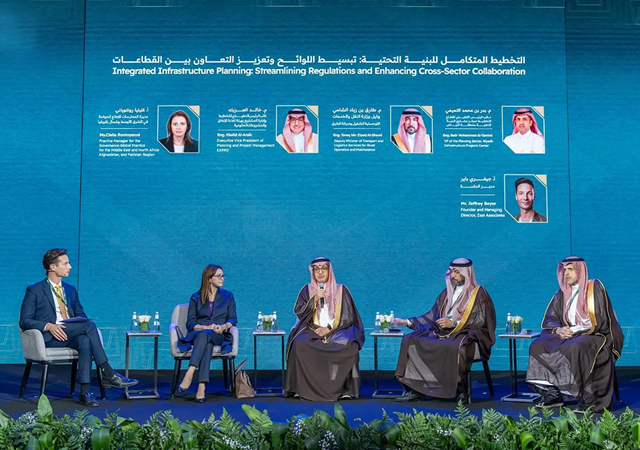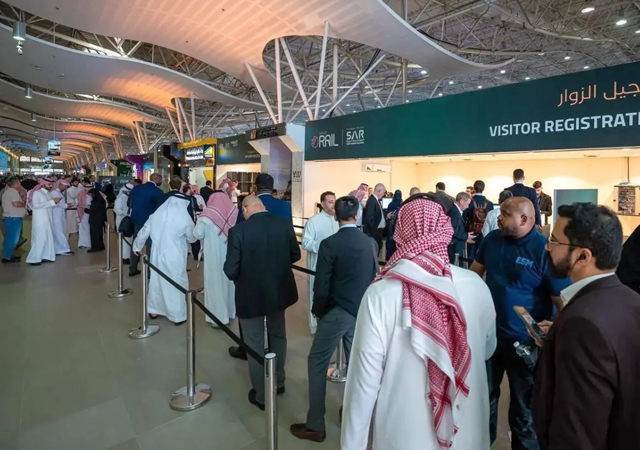
 Al Brown ... more needs to be done.
Al Brown ... more needs to be done.
The industry’s prescriptive approach is reflected in the reaction to failures in fire safety. In the wake of major fires, there’s a clamour on social media focusing on one form of protection or another – ‘If only the building had automatic sprinklers, or an aspirating detection system, or had been constructed of non-combustible materials…’.
The advocates for one particular system may be right from their own narrow analysis, but long before those determinations can be made – either before a project starts or during an investigation post-fire – a series of broader questions needs to be asked. These include:
• What are the fire safety objectives?
• What are the acceptance criteria to determine if these objectives are met?
• What hazards are present and what risks do they present?
• Do those risks need to be mitigated, or are they tolerable to the stakeholders?
If risk analysis indicates mitigation is needed, the designer needs to ask not just what form mitigation should take, but also how far should it go with regard to:
• Compliance with the minimum set out in codes and standards?
• Increased measures beyond code compliance to take account of corporate risk management goals or insurance risk assessments?
• An innovative fire-engineered solution?
However, even when fire engineers propose innovative alternatives that don’t conform to government-issued guidance, they usually benchmark their designs against the same prescriptive guidance rather than developing their own acceptance criteria through engineering analysis.
True value of guidance?
However, this unquestioning adherence to guidance is challengeable. Existing guidance does not define the level of safety to be achieved or distinguish between protection for different stakeholders, such as building occupants, fire-fighters, and the property itself.
It usually is assumed that guidance and standards always provide the desired level of safety. While guidance will normally provide an adequate safety level, that is not necessarily the case. Like all standards and guidance, they are backward-looking documents, developed in the past, based on technology, knowledge and experience at the time they were published. In fact, many such documents have sections that are unchanged from when they were first issued, perhaps 40 or more years ago. It is often only after major fires, such as Piper Alpha in the North Sea, Tamweel Tower in the UAE and Grenfell Tower in London, that guidance or standards are questioned closely.
This begs the questions: Is the guidance there because it is still valid? Is it still in use because no one wished to question its validity, or was it simply assumed to be valid?
Considering how the fire engineering profession can respond, there is the issue of the fire engineering professional’s role, and whether more can be done to apply the knowledge and experience developed by the profession over the last five decades, moving to a framework where fire safety design from first principles is the norm for complex buildings, rather than adopting a code-compliant approach.
However, a lot of work would need to be done to gain acceptance for this approach, when existing, relatively simple fire strategies face difficulties in gaining approval.
A lack of expertise in local authority building control can cause difficulties in getting a fire-engineered design through regulatory approval, and clients don’t want, or can’t afford, project delays. But can we afford to continue building complex structures without clearly defining our fire safety objectives in a measurable way?
Design & verification
The challenges were highlighted in a research, where Professor Brian Meacham1 found wide variations in the practice and fire engineering capabilities of local authority verifiers. “It appears that resources are lacking for the comprehensive review of ‘significant’ designs,” he noted. Also, there was “a wide range of competency in the fire engineering community”, and a limited number of fire engineers available for independent third-party review2.
While the number of fire-engineered solutions requiring verification has increased in recent years, Professor Meacham also argued that limited supply and competence were curbing the industry’s ability to take advantages of the flexibility in the building code system, calling for “nationally consistent guidance” on the qualifications, competencies and experience required for verifying both minor and significant deviations from fire safety guidelines.
It should be noted how the Engineering Council in the UK distinguishes between the roles of the two main grades of professional engineers as I believe more responsibility should be given to the most qualified professional fire engineers for developing and implementing fire safety design:
• An incorporated engineer will ‘maintain and manage applications of current and developing technology, and may undertake engineering design, development, manufacture, construction and operation’.
• A chartered engineer, by contrast, is expected to ‘develop solutions to engineering problems using new or existing technologies, through innovation, creativity and change and/or they may have technical accountability for complex systems with significant levels of risk’.
This suggests that when chartered fire engineers develop a fire strategy, their innovation and creativity should extend to the definition of the acceptance criteria applied as part of their analysis. We would argue that simply applying the benchmark of comparison with existing guidance is an approach that may be appropriate for a strategy developed by an incorporated engineer.
In England, the government’s independent review has raised questions about the building regulations regulatory regime and guidance, recommending that: “There should be a shift away from government solely holding the burden for updating and maintaining guidance towards greater responsibility for the sector to specify solutions which meet the government’s functional standards.”
Stifling innovation
While I agree that improved guidance is required, the opportunity cost of stifling innovation by focusing narrowly on guidance and regulation is potentially significant – for buildings’ design, users and owners – in any jurisdictions where a code-compliance approach prevails.
Freeing up fire safety design would spur engineers to look for new solutions to age-old fire safety challenges; by creating innovative acceptance criteria – that can be understood and accepted by society – professional fire engineers would be better able to address the needs of all stakeholders in a project, rather than merely comply with building standards or regulations, or one specific aspect of the guidance.
In terms of building geometry, for example, this could mean creating interconnected spaces in a building where a code-compliant solution would require firewalls. The use of alternative materials could even avoid the need for fire protection systems altogether, an approach that has worked successfully at process-equipment level in the semiconductor industry.
Architects who push the boundaries of design need expert fire engineers who can devise complementary and technically sound fire safety solutions to support their vision for the built environment. The same is true of modern building designs with increasingly sophisticated components and systems, often involving multi-disciplinary integration.
US research3 suggests such projects account for about 10 per cent of building activity, but “offer the greatest challenges in managing complexity and risk”, as well as generating excitement in architectural circles.
So, now the question is: Is it time to develop acceptance criteria that can be consistently applied in place of technical guidance documents providing standard solutions? Or will that simply lead to more guidance documents on how to develop acceptance criteria, which then become benchmark documents?
And returning to the topical issue of whether sprinklers are a panacea for fire safety, there is no doubt that they can be effective, and insurers like sprinklers because their loss experience over more than 150 years demonstrates that fires in sprinkler-protected buildings are less damaging and make deaths from fire rare. There is also no doubt that our fire fighters would prefer to turn up to a fire controlled by a few sprinkler heads than one that is spreading throughout the compartment size specified by building regulations guidance.
However, if the building has a combustible roof or external cladding and the fire starts or escapes outside the building, then internal sprinklers will not prevent its spread across the roof or up the façade.
So the question still remains, even after a major fire, not what protection system is required, but what are the fire safety objectives and what are the acceptance criteria?
References
1. Research to Support the Improvement of the Design Verification of Fire Engineered Solutions as Part of the Scottish Building Regulatory System. Meacham Associates. 2016
2. Competency Criteria for Local Authority Verifiers When Checking Fire Engineered Solutions for Compliance with Building Standards. Meacham Associates. March 2017
3. Complexity in building design. Mahadev Rahman, Princeton University and Columbia University.
* Based in HKA’s Glasgow offices, Al Brown acts as an expert witness after a 30-year career as a fire safety engineer and consultant providing advice on major construction projects in the US, EMEA and Asia-Pacific regions.




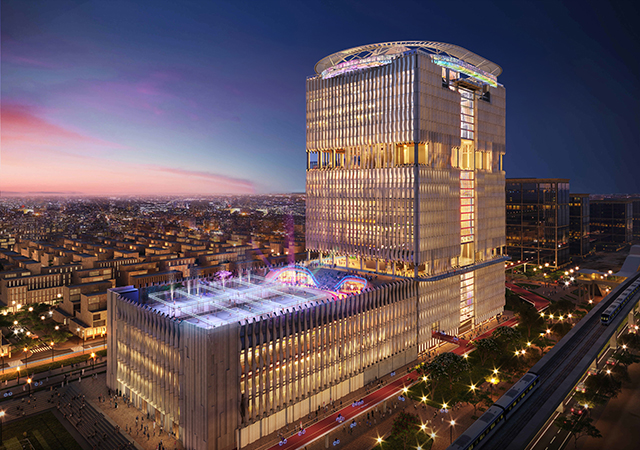




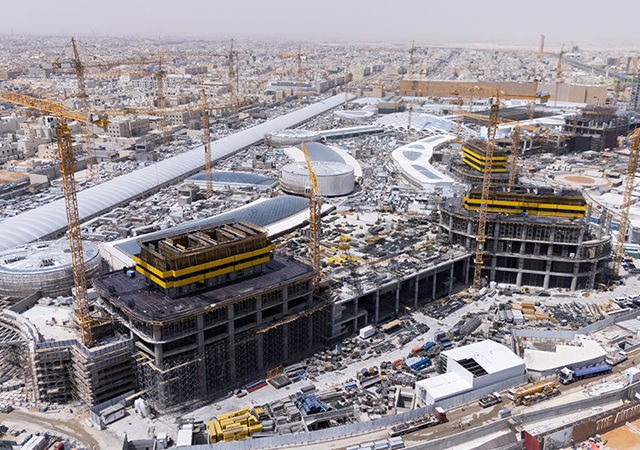
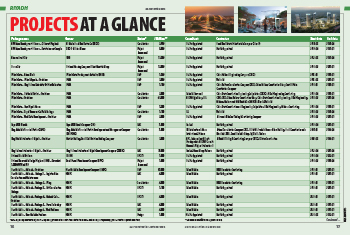
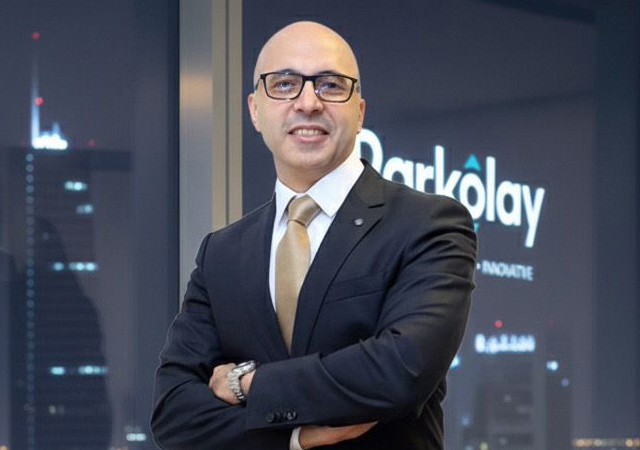



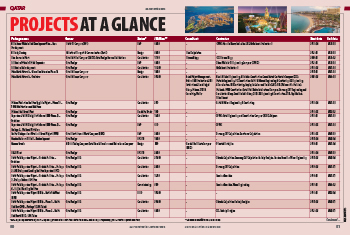
.jpg)
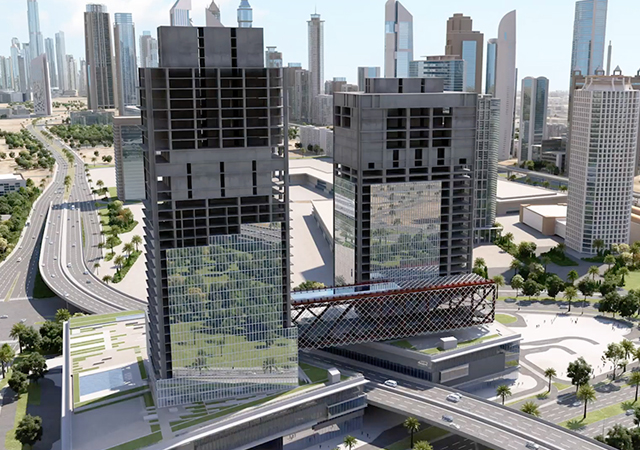
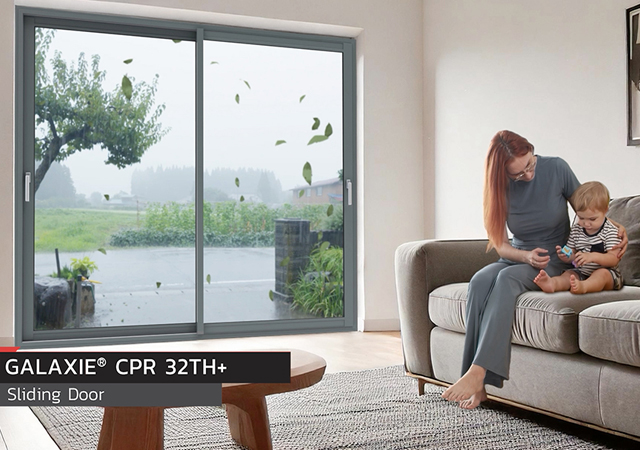
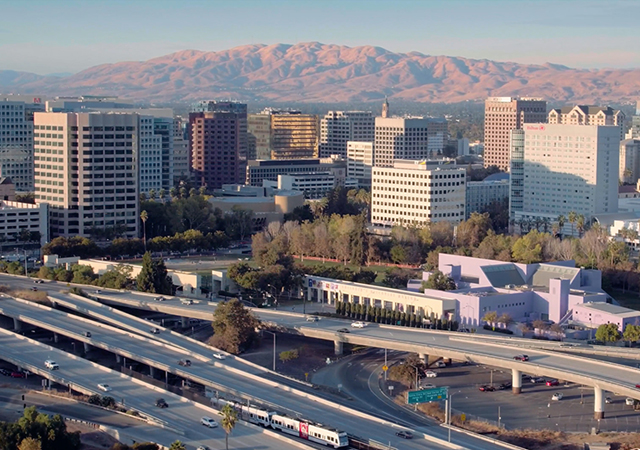


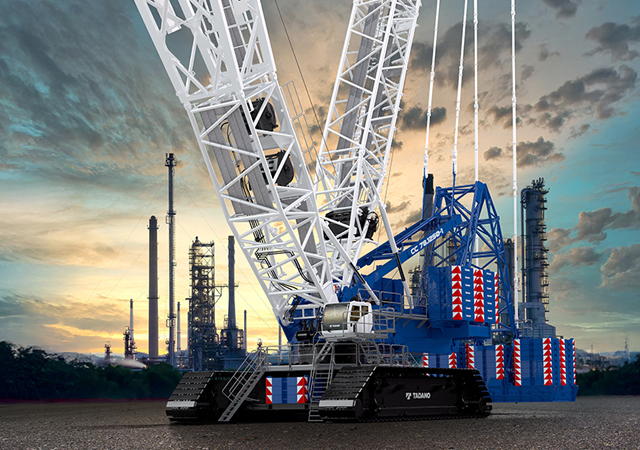
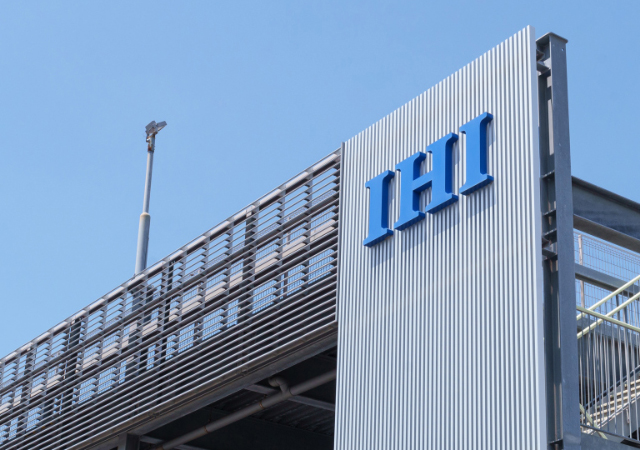

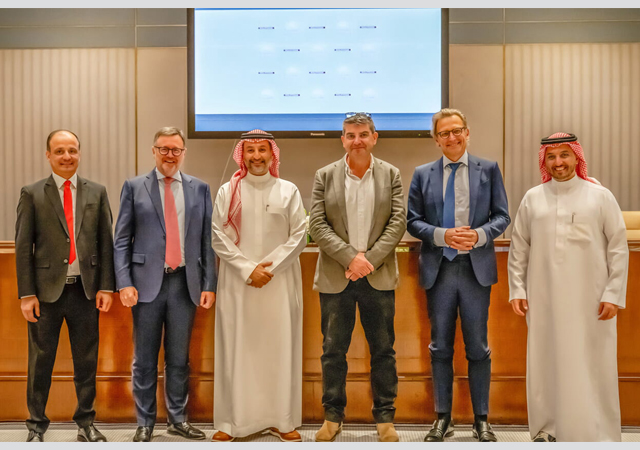
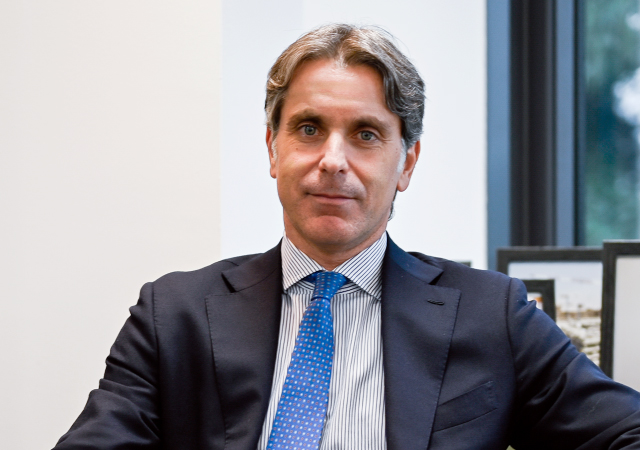

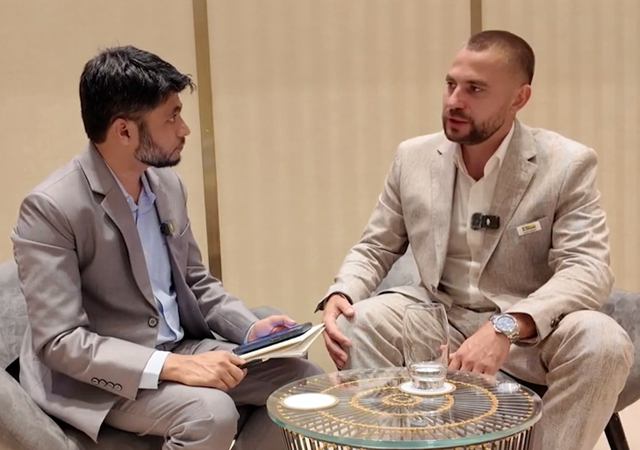
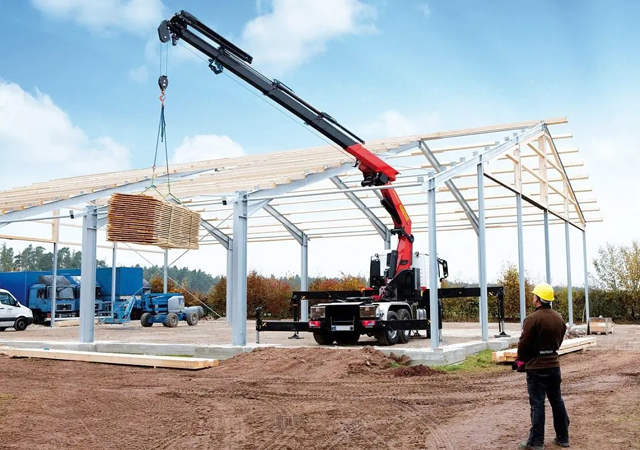
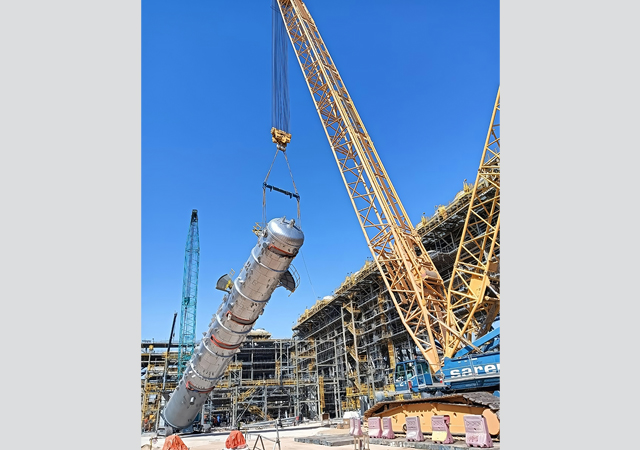
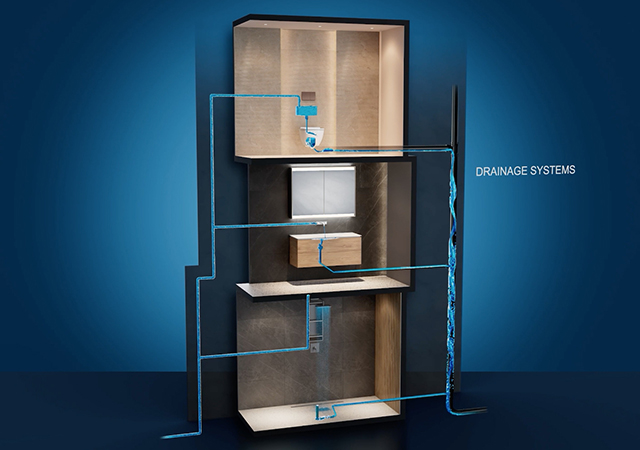
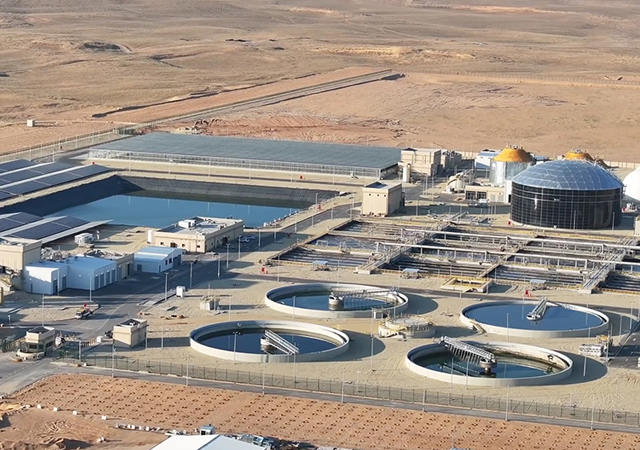




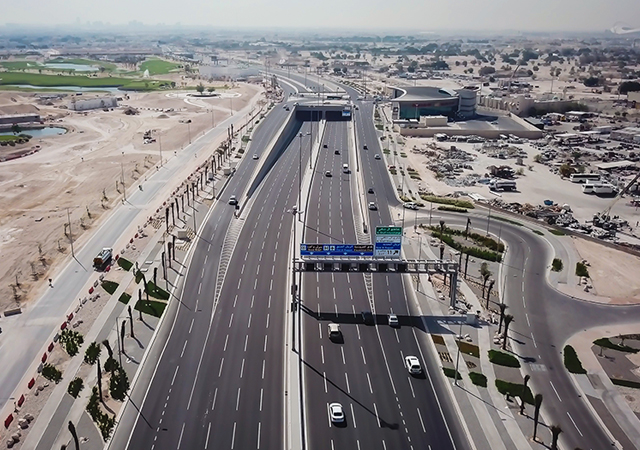




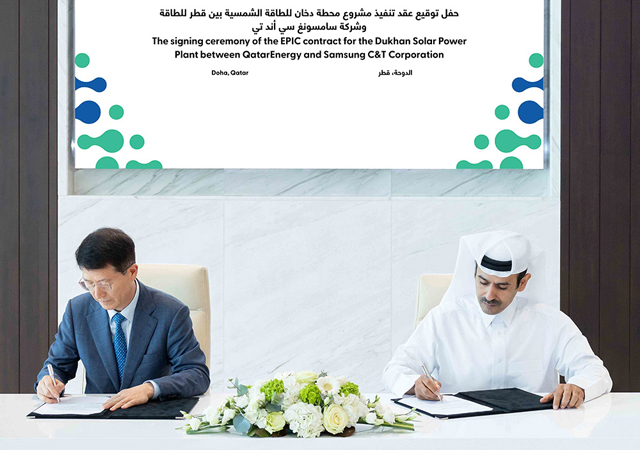
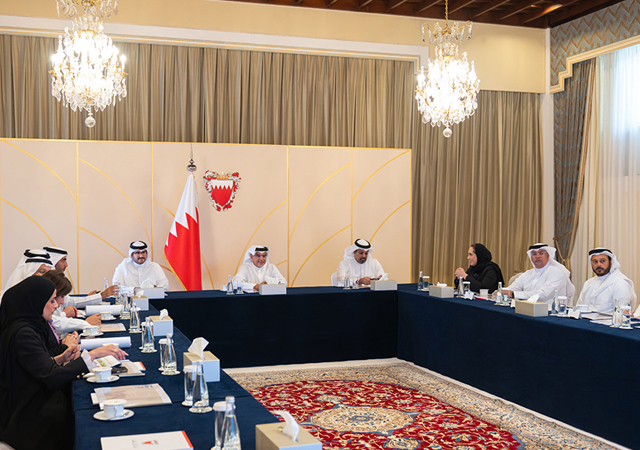



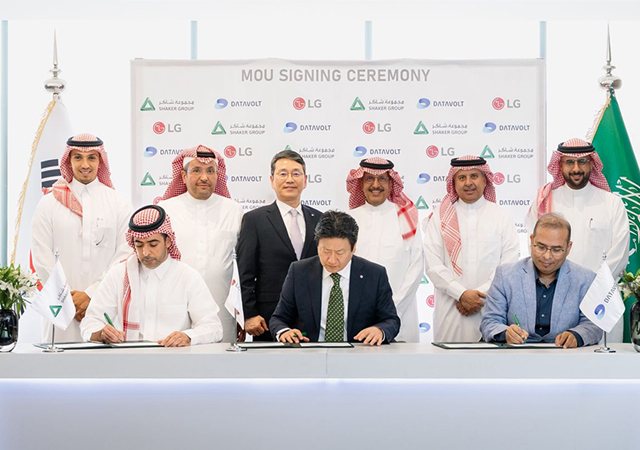
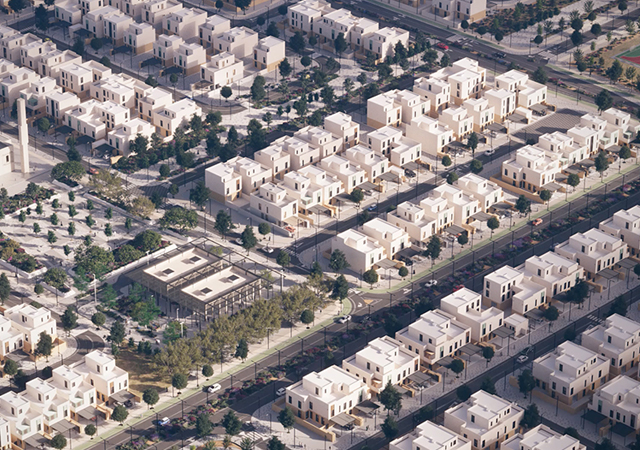
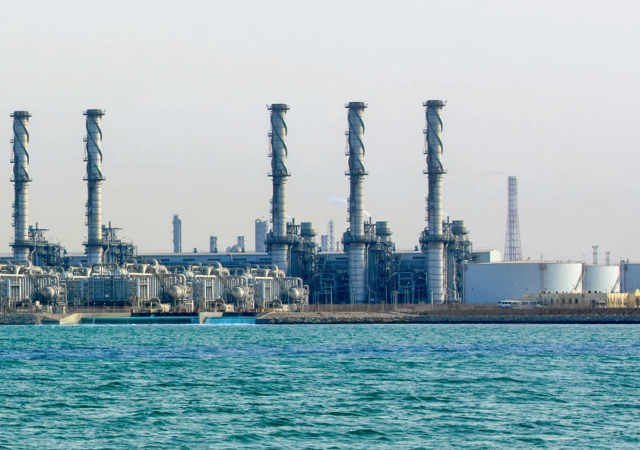

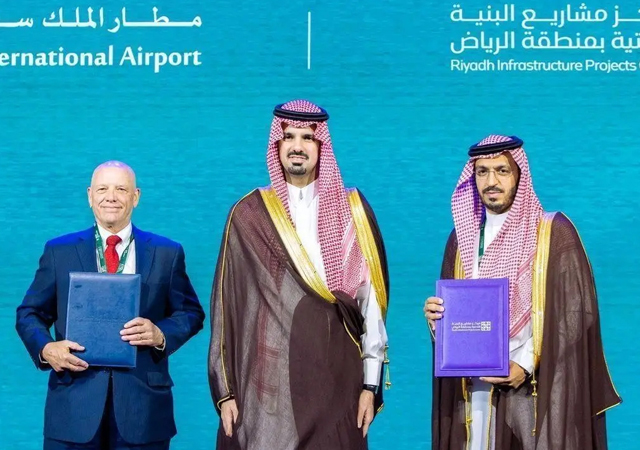

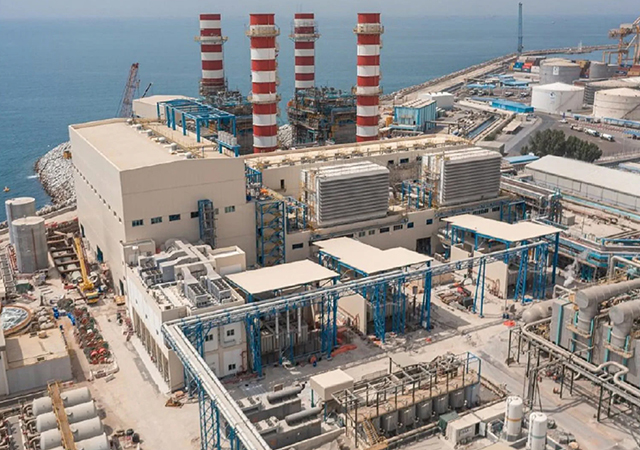






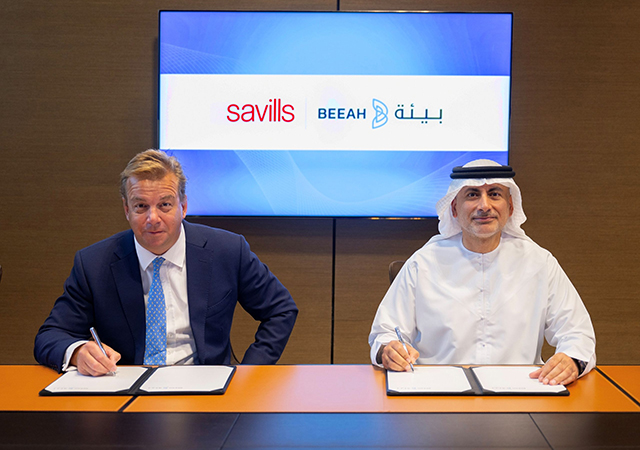





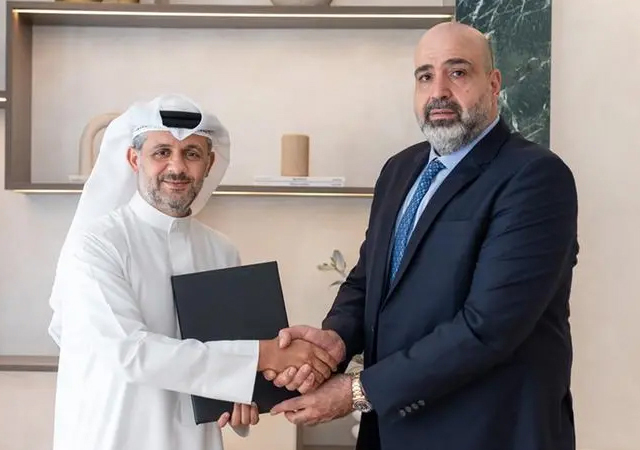
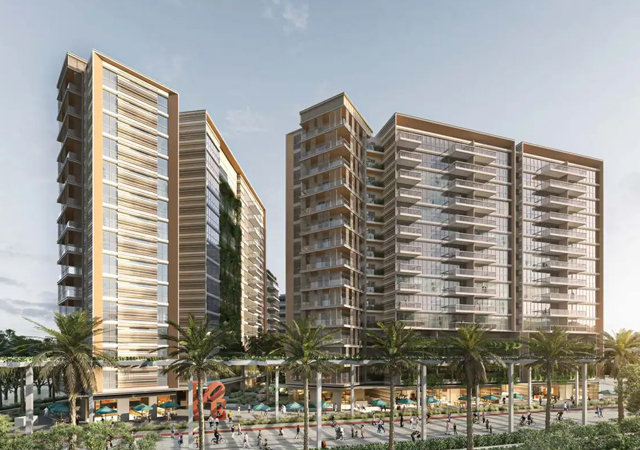

.jpg)

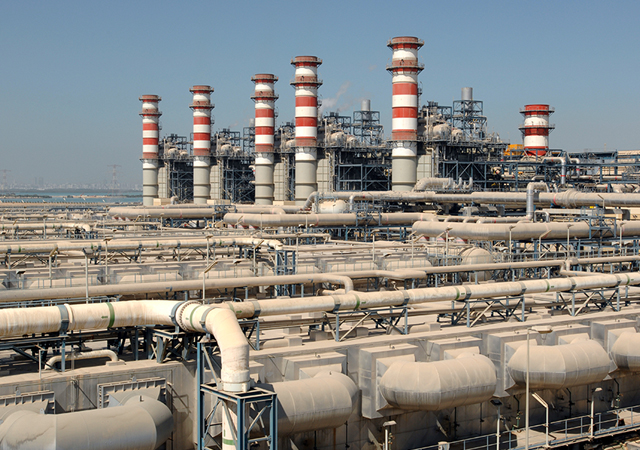


.jpg)


